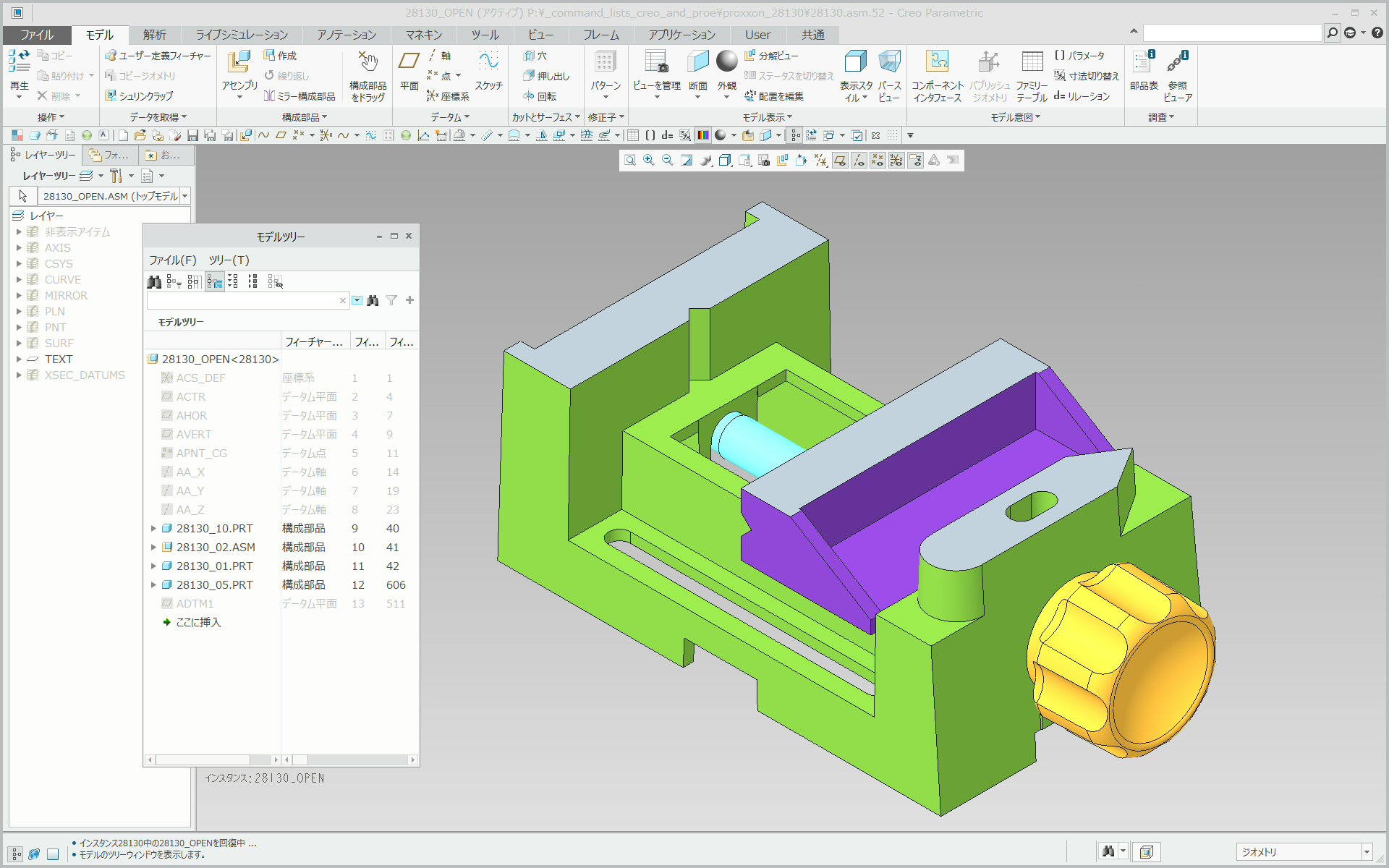


To enable easy interactions with suppliers and customers, Creo includes role-based security that allows access to just the information the role requires.

CollaborationĬreo allows for the setup of secure project workspaces for simplified collaboration. Creo, on the other hand, feels fresh and agile, like the best web experiences.Ĭreo’s updated UI makes navigating menus simple, while AutoCAD’s interface feels clunky and outdated. Ease of UseĪutoCAD is relatively easy to use, but its UI is somewhat dated, looking like it came straight out of the client-server era of computing. The real differences come into play when you compare advanced capabilities, product strategy, usability and support, so that’s what we focused on in the rest of this report.īoth Creo and AutoCAD have strong 3D modeling features, however, Creo comes out ahead with more extensive functionality extensions and product strategy tools. The flexible bundles and the wider variety of extensions give Creo a slight edge.Īs far as the core CAD functionality goes, most people find few differences in basic features. Creo packages these extensions into 5 different “packs” that allow you to achieve the exact functionality you need for your organization. It offers a drawing comparison capability that highlights differences between revisions of a drawing.Ĭreo offers more than 20 extensions that cover all this and much more, including extensions for molding, metal working, large assemblies, optimizing piping and cabling, NC milling, and additive manufacturing, among many others. It includes a mobile app and several specialized add-on toolsets that cover areas such as architectural, mechanical, and electrical design. We are one of PTC’s largest resellers, so we admit to a bit of a bias, but we have done our best to be fair and impartial.ĪutoCAD has a full suite of 2D and 3D modeling capabilities. We know how frustrating this can be, so as experts in CAD solutions, we have done the comparison of Creo vs AutoCAD for you. If you’ve been looking for a new CAD solution, you may have discovered how difficult it can be to compare solutions in an “apples to apples” manner, since each vendor packages and names features differently.


 0 kommentar(er)
0 kommentar(er)
